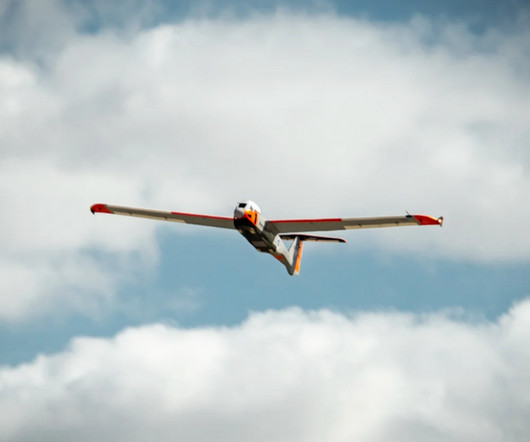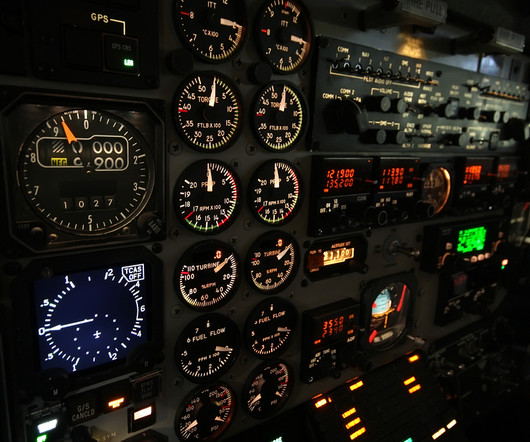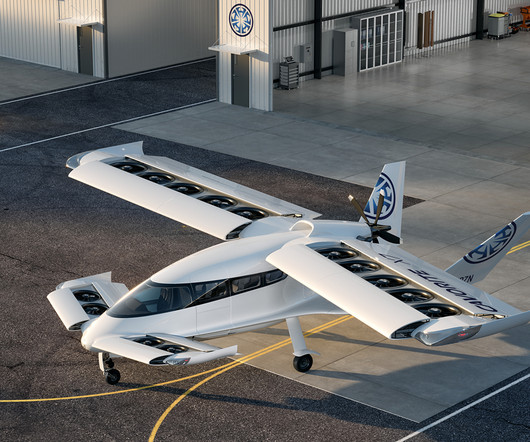Drone Manufacturer AATI Claims First-of-Its-Kind FAA Approval
Flying Magazine
MAY 15, 2024
(AATI) says it has received the first FAA exemption for commercial beyond visual line of sight (BVLOS) operations of a drone weighing more than 55 pounds and flying above 400 feet. The drone runs on a gasoline engine, typically cruising at 50 to 75 knots. AiRanger is 10 feet long with an 18.2-foot















Let's personalize your content